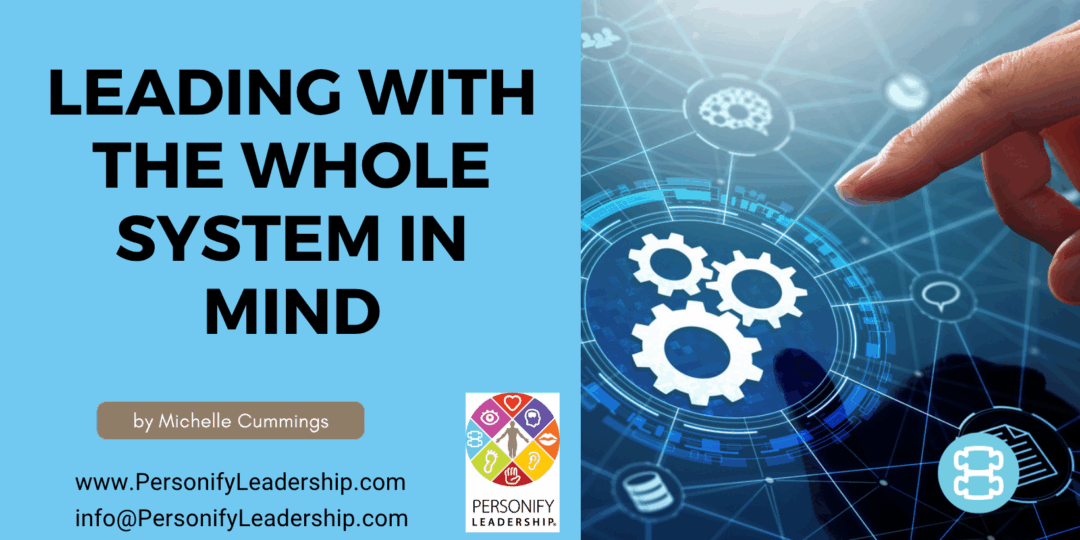Leading with the Whole System in Mind
- Jul 12, 2025
- By personifyadmin
- In Newsletters
- 0 Comments
Every organization is made up of interconnected parts: departments, teams, and individuals that depend on each other to succeed. As leaders, it is easy to focus on the needs of your immediate group without realizing how your actions ripple through the larger system. Sometimes those actions unintentionally create division or fuel misunderstanding between other parts of the organization.
For example, pushing for a tight deadline might meet your team’s goals but strain another department’s capacity. Sharing partial information may keep your group informed but leave others confused about priorities. These situations are rarely intentional, yet they can weaken trust and collaboration across the organization.
(more…)Finding Balance in the Middle
- Jun 21, 2025
- By personifyadmin
- In Newsletters
- 0 Comments
Being in the middle of an organization comes with unique challenges. You are accountable to senior leadership while also supporting the needs of your team. At times, those priorities align perfectly. Other times, they pull in opposite directions, leaving you feeling stretched and stuck.
Recognizing when you are caught in these “middle” dynamics is an important leadership skill. Without awareness, you can end up reacting to the loudest voice or the most urgent demand, rather than making balanced decisions that serve both sides effectively.
(more…)Seeing Leadership from Every Angle
- Apr 08, 2025
- By personifyadmin
- In Newsletters
- 0 Comments
Every role in an organization comes with unique pressures, priorities, and blind spots. Leaders at the top carry the weight of strategic vision and overall performance. Those in middle management balance the demands of senior leadership with the needs of their teams. Frontline employees handle the day-to-day work that keeps the organization moving, often without full visibility into the bigger picture.
Understanding these perspectives is critical for effective leadership. Without it, communication can break down, assumptions can build, and decisions can be made without fully considering their impact. Leaders who take time to learn the realities of different roles are better equipped to bridge gaps and align the entire organization.
(more…)
Tag: Systems Thinking
© 2012-2025 Personify Leadership. All Rights Reserved.




Recent Comments